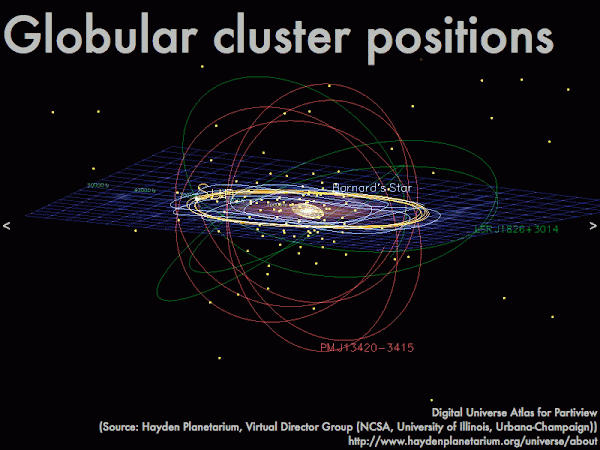Cuesta College, San Luis Obispo, CA
Students have a weekly online reading assignment (hosted by SurveyMonkey.com), where they answer questions based on reading their textbook, material covered in previous lectures, opinion questions, and/or asking (anonymous) questions or making (anonymous) comments. Full credit is given for completing the online reading assignment before next week's lecture, regardless if whether their answers are correct/incorrect. Selected results/questions/comments are addressed by the instructor at the start of the following lecture.
The following questions were asked on reading presentations Feynman diagrams (Phillip "Flip" Tanedo, Cornell University/USLHC Collaboration) and quantum electrodynamics (QED) (Christopher "Bot" Skilbeck, cronodon.com).

Warner Bros. Television (2007)
bigbangtheory.wikia.com/wiki/User_blog:Sheldon_Cooper_PhD/Pilot
Selected/edited responses are given below.
Describe what you understand from the assigned textbook reading or presentation preview. Your description (2-3 sentences) should specifically demonstrate your level of understanding.
"Feynman diagrams are used to describe the interactions between electrons and positrons. The interactions of electrons and positrons can resulting in absorbing a photon, emitting a photon, or a electron being annihilated by a positron."
"Lines in these diagrams represent particles. Every particle has to meet at an intersection that is called an interaction. You can't have a vertex with only squiggly lines (photons) with no particle lines flowing into or out from it."
"Feynman diagrams are how we can visualize particle physics, specifically the interactions of electrons, positrons, and photons. We read the diagrams left-to-right, as they are a representation of what happens over a certain amount of time."
"The Feynman diagrams are meant to indicate the path that the particles take through space. We interpret the x-axis as the direction of time and the y-axis as the space direction."
"A left-to-right arrow is an electron, the opposite is a positron and a wiggly line is a photon. the rest is very vague and I need more explanations on various cases and what they mean."
"Positrons point to the left, electrons point to the right. Gamma (squiggly line) are photons. A Feynman diagram should only contain connected pieces, and any diagram with arrows going into a gamma needs arrows coming out or else it isn't an accurate diagram."
"Honestly, there wasn't much I understood."
Describe what you found confusing from the assigned textbook reading or presentation preview. Your description (2-3 sentences) should specifically identify the concept(s) that you do not understand.
"Everything. I don't get Feynman diagrams."
"Why do we use Feynman diagrams? They just seem like squiggles a 3 year-old could draw, why is there not another way to represent these forces interacting?"
"Is an electron moving in the opposite direction a positron? What actually is a positron?"
"All good so far."
"Specifically how the diagrams are to be used."
"I don't think I would really be able to interpret them on my own. It would be helpful to do this in class."
"This is all pretty trippy. I want to learn more about what diagrams are possible and which are not."
When reading Feynman diagrams, time runs from:
bottom to top. [0] top to bottom. ** [2] left to right. ******************* [19] right to left. * [1] (Unsure/guessing/lost/help!) **** [4]
Describe how the path of an electron and the path of a positron are drawn differently on a Feynman diagram. (Note that both paths have the same "e" labels.)
"Electrons point right and positrons point to the left."
"A position is indicated as e+ therefore, the electron will always be drawn traveling from right to left. Meanwhile, an electron is indicated by an e- and will always be drawn traveling left to right. This way, when they are being read, we can see that the arrows are point in the direction of the flow of electron charge."
"Positrons (antimatter) point to the left, electrons point to the right."
Describe what will happen if an electron meets a positron.
"Annihilation will happen."
"They will cancel each other out and create pure energy."
"They make a big bang!"
"It becomes something else (the other symbol thing)?"

absorbing a photon. *** [3] emitting a photon. ******************* [19] annihilated by a positron. * [1] (Unsure/guessing/lost/help!) *** [3]

absorbing a photon. *** [3] emitting a photon. ***** [5] annihilated by a positron. ************** [14] (Unsure/guessing/lost/help!) **** [4]

absorbing a photon. ***************** [17] emitting a photon. * [1] annihilated by a positron. **** [4] (Unsure/guessing/lost/help!) **** [4]

"Two arrows are going into the vertex. One needs to be going out."
"The two electrons cannot intersect at the same point how this one is depicted."
"The two electrons cannot crash like that."
Ask the instructor an anonymous question, or make a comment. Selected questions/comments may be discussed in class.
"What are all these squiggles and arrows about?"
"A very basic lecture on what every symbol is called and what happens when they mix would be of great benefit."
"My mind is blown.:

















